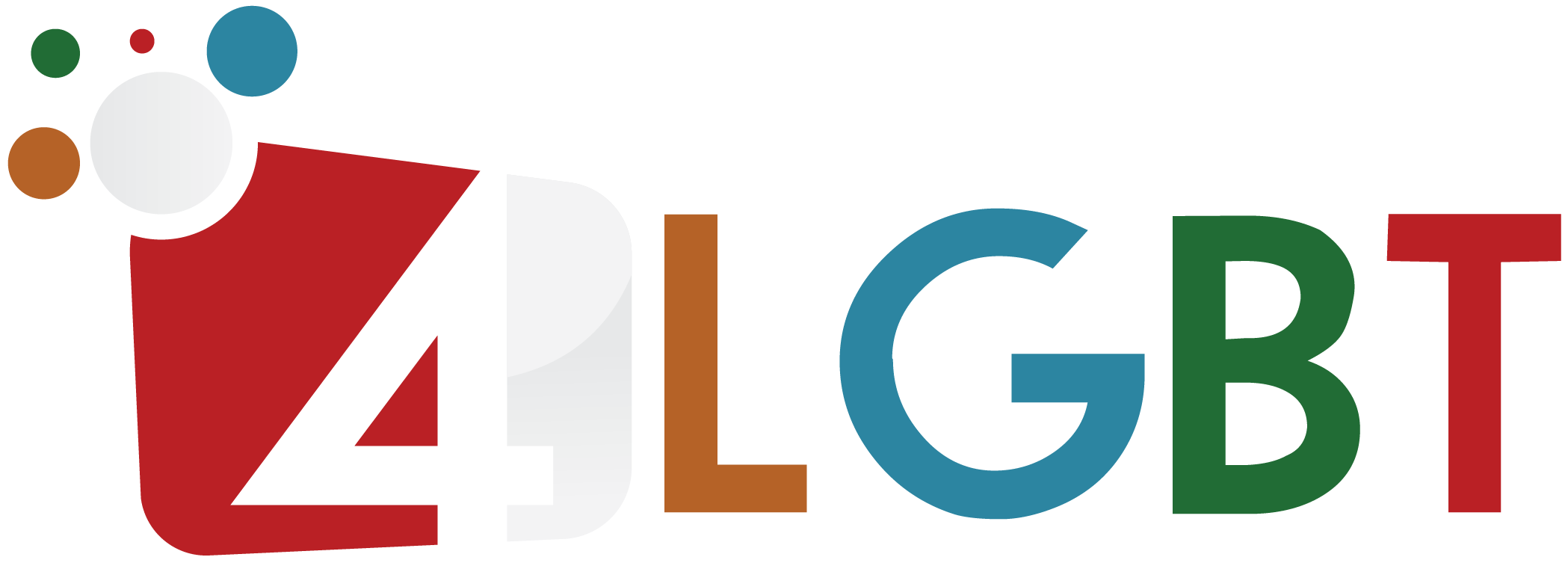LGBT, or lesbian, gay, bisexual, and transgender, is a broad umbrella term for people of diverse sexual orientations and gender identities. Though the term has been in use since the 1990s, it is often misunderstood, because some people consider it to only refer to gays or bisexuals. Nonetheless, the term is becoming more common and provides a valuable point of reference. Here are some facts about this group.
Same-Gender Loving
The term “Same-Gender Loving” or SGL is a way of describing homosexuality that is popular among African Americans. It is a term that acknowledges the diverse histories and cultures of people of African descent and aims to provide a space for expression of that heritage. In recent years, the term has grown in popularity and is now widely used in the LGBTQ community. While there is still confusion about the meaning of the term, there are several important distinctions.
Many same-gender loving individuals from minority backgrounds experience racism and homophobia. While some subjects are more accepted and tolerated than others, they face challenges integrating into mainstream society. In addition, these groups often face discrimination and misunderstanding from people of different ethnic backgrounds. In such cases, it is vital to educate the public about the cultural and social issues that affect people of different backgrounds. Here are a few of the issues that arise from a lack of visibility in the LGBTQ community.
Transgender
‘LGBT’ is a common acronym for lesbians, gays, bisexuals, and transgender people. Although it’s only been around for a few decades, the term is now being used to describe a diverse group of individuals who identify as one or more of these categories. In fact, many people who identify as transgender have been living in the United States for nearly two decades, and their experiences with the transgender community are just as common as their experiences with the GLBT community.
‘Same Gender Loving’ is an alternative term used by the Black community to describe the transgender community. Both terms describe the same process of discovery, from gender identity to sexual expression. While transgender individuals are often referred to as ‘transgender’, they are not necessarily ‘gender-queer’. The LGBTQ community is constantly navigating the language of these terms and the social and political climates surrounding them.
Homophobia
In the late 1960s, heterosexual psychologist George Weinberg coined the term “homophobia” to describe the aversion to and fear of homosexuals. The term first appeared in print in 1969 and was discussed in his 1972 book, Society and the Healthy Homosexual. Homophobia is defined by the American Heritage Dictionary as “a general aversion to or fear of homosexuals.” Other definitions identify homophobia as an irrational fear of homosexuals.
As a result, many people experience homophobia. Those who are homophobic may not recognize their own attraction to homosexuals. This internalized homophobia can cause individuals to reject homosexuality or bully people who are gay. Affected individuals can experience a wide range of emotional and physical signs and symptoms of homophobia. Here are some ways to recognize the signs of homophobia:
Coming out
Many people wonder whether they should consider coming out as LGBTQ+ to people around them. While the idea of being yourself is always a relief, it can also be scary to consider how others will react. What will be the reaction of my colleagues? And will I be safe? Listed below are some things to consider before coming out to your workplace. Weigh these things against your personal preferences and decide whether it is a good idea to come out at work.
If you are unsure about how to come out to people around you, try practising your news before you actually tell them. Identify people who will react well to the news. By reading their reactions, you can tell whether or not they’ll be accepting. If people react negatively, you can prepare them by doing research about the history of the LGBTQ community. Then, write the news down for those who are uncomfortable with verbal news.
Health care experiences
Research on health care experiences for LGBTQ individuals is generally underrepresented, based on the results of recent studies. While most participants reported a positive or neutral effect, transgender and queer/questioning participants were more likely to report negative experiences. The findings suggest that LGBTQ individuals face additional barriers to care than heterosexual or cisgender individuals. This is particularly true of minority groups. Although the study sample is diverse, the results suggest that healthcare experiences for LGBTQ individuals differ considerably from those of cisgender, gay, or bisexual participants.
In addition to disproportionately low health outcomes, LGBTQ patients are frequently denied access to health care because they are marginalized by society. Many health care workers are afraid of being perceived as LGBTQ, preventing them from receiving quality care. Research has shown that many health professionals are ignorant of LGBTQ issues. Transgender people are the most marginalized group and suffer the greatest discrimination and stigma. To improve health care experiences for LGBTQ people, providers must first understand their diverse cultures and backgrounds.

